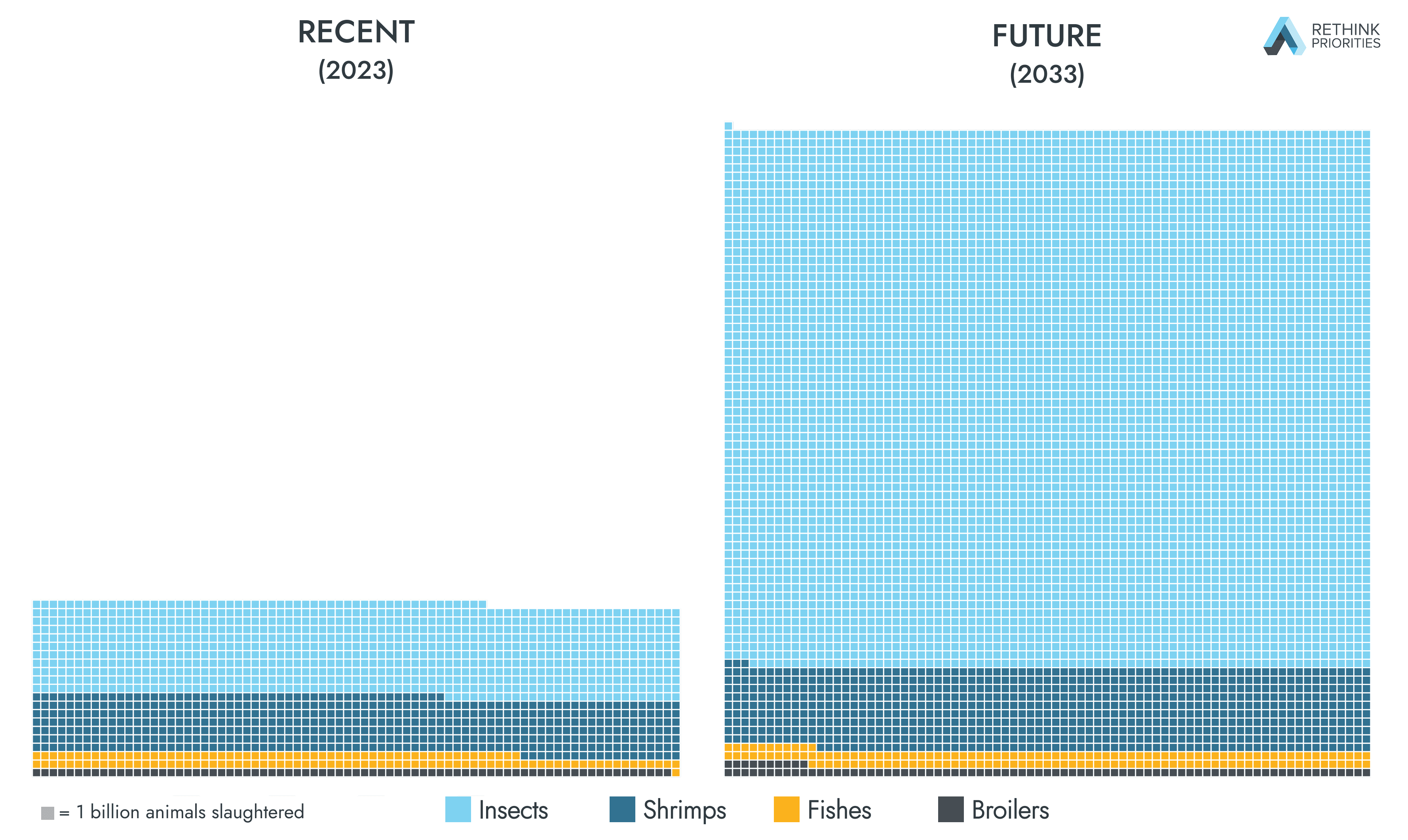Swapcard is currently the preferred conference app for EAGs and EAGxs. Swapcard enables you to search profiles by interest and expertise, quickly assess who might be helpful to you and/or who you might be able to help, and connect with people either through the app itself or through the linked channels in their profile.
While Swapcard has several major functionality flaws and limitations, at present it fills a niche other platforms do not. Some of Swapcard's features will hopefully be replicated in a forthcoming successor to EA Hub. In the interim, I want to encourage the community to utilize Swapcard as a year-round EA networking platform.
After EAG London in October 2021, I uninstalled it from my phone, only to realize when I re-downloaded it in March 2022 that I had missed several post-conference communications months prior as a result. This time around, I will be taking several days post-conference to follow up with connections through the app, set up meetings with people I didn't get the chance to see in person, and spend more time looking through user profiles to see if there are other people I should reach out to. I encourage others to do the same.
55
Reactions
Interested in the forthcoming successor to EA Hub - to what extent do EA organizations require software engineers to build these networking platforms? I (and probably many other college student EAs over the summer) would be really interested working on a software engineering project to create a Swapcard-and-EA-hub-but-better.
It'd be cool to gather a team of part-time or interning CS/SWE college students and invest in them, given how much effort and money goes into EA conference events but how difficult and time-consuming post-conference followups are.
We are hiring software engineers to help build some of this on the EA Forum. :)
[Note: The rest are my personal thoughts - we're a small team that may not have the capacity to consider interns.]
I've mentored many interns, and in my experience, it takes a lot of my time to provide a valuable learning experience for them. Unfortunately I think it's easy for this to end up as a net negative in terms of productivity. I did enjoy the experience, so I think it would be fun to do again, but it's a bit hard to justify with our team of ~3 engineers.
I would be curious if you think there is something particularly valuable about interning at CEA, vs a tech company with experienced mentors. My guess is that the average student would get more out of the latter.
A couple ways I could imagine this working are:
- If someone were just interested in shadowing one of us for a day or two, to learn what it's like to work here
- If someone had a specific feature / project in mind, and required relatively little oversight or feedback from us - our codebase is public, so you could try contributing in small ways first before attempting to build something larger
Swapcard functionality into the forum
Seems a bit unlikely; I created a market on this here.
That's right, we are planning to adapt some Swapcard-like functionality to the EA Forum. We are still in the product exploration phase so no concrete roadmap, but it's likely we will focus on user profiles / search / matching rather than features such as friending or scheduling. Swapcard is more tailored to conferences specifically, so we will not be replacing that entirely any time soon.
FWIW: I purchased http://www.swap.contact/ for a hackathon project -- but if EA Forum would use the domain I'd be happy to send it over~



We are hiring software engineers to help build some of this on the EA Forum. :)
[Note: The rest are my personal thoughts - we're a small team that may not have the capacity to consider interns.]
I've mentored many interns, and in my experience, it takes a lot of my time to provide a valuable learning experience for them. Unfortunately I think it's easy for this to end up as a net negative in terms of productivity. I did enjoy the experience, so I think it would be fun to do again, but it's a bit hard to justify with our team of ~3 engineers.
I would be curious if you think there is something particularly valuable about interning at CEA, vs a tech company with experienced mentors. My guess is that the average student would get more out of the latter.
A couple ways I could imagine this working are: